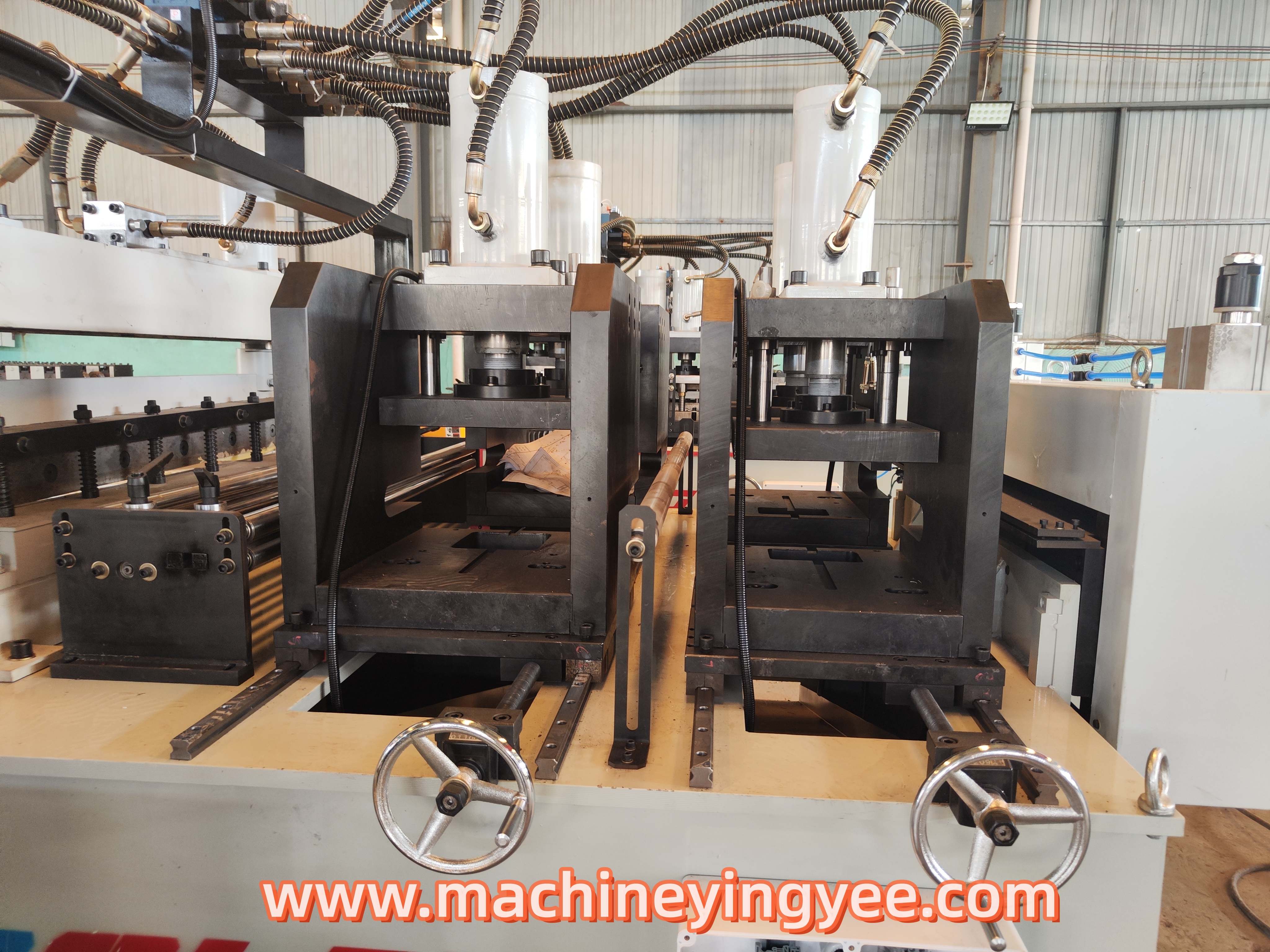Ceiling T-Bar Roll Forming Machine An Overview
In the realm of manufacturing, efficiency and precision are the cornerstones of production processes. One of the advanced machinery that exemplifies these attributes is the Ceiling T-Bar Roll Forming Machine. This specialized equipment is designed to create T-bar ceiling grids, which are essential components in building construction, particularly in commercial and residential properties.
What is a Ceiling T-Bar Roll Forming Machine?
A Ceiling T-Bar Roll Forming Machine is a type of industrial machine designed to convert metal strips or sheets into T-shaped profiles used for suspended ceiling systems. The process begins with feeding flat metal sheets into the machine, which then shapes these sheets into T-bars through a series of rollers. This method allows for rapid production and ensures uniformity in the size and shape of the T-bars, which are integral to supporting ceiling panels.
Importance of T-Bar Ceilings
T-bar ceilings, also known as drop ceilings or suspended ceilings, are widely used due to their aesthetic appeal and functional benefits. They allow for easy installation of lighting fixtures, HVAC systems, and sound insulation materials. Moreover, they provide straightforward access to plumbing and electrical systems concealed above the ceilings. Given the growing demand for modular and flexible construction solutions, the need for high-quality ceiling T-bars is more pronounced than ever.
The Advantages of Using a Ceiling T-Bar Roll Forming Machine
1. Efficiency The roll forming process is automated and continuous, which means that once the machine is set up, it can produce large quantities of T-bars in a relatively short period. This reduces production time and labor costs significantly.
2. Precision The machine guarantees high precision in the dimensions of T-bars. This consistency is crucial for ensuring that all pieces fit together perfectly during installation, thereby minimizing wastage and rework.
3. Material Versatility Ceiling T-Bar Roll Forming Machines can work with various materials, including galvanized steel, aluminum, and other metal alloys. This versatility enables manufacturers to choose materials based on specific project requirements.
4. Customization Modern roll forming machines can be equipped with programmable controls, allowing manufacturers to easily adjust the dimensions and shapes of the T-bars they produce. This flexibility can lead to increased market competitiveness.
ceiling t bar roll forming machine
5. Cost-effective Production While the initial investment in a T-bar roll forming machine may be significant, the long-term savings on labor and material costs, coupled with the ability to mass-produce components, make it a financially sound decision for many manufacturers.
Key Features to Consider
When selecting a Ceiling T-Bar Roll Forming Machine, several features should be taken into account
- Roller Configuration The design and material of the rollers should be durable to withstand the continuous shaping process.
- Production Speed Different machines can operate at varying speeds, affecting overall production capacity.
- Automatic Controls Look for machines with automated systems for feeding, cutting, and stacking T-bars, which can further enhance efficiency.
- Maintenance A machine that is easy to maintain and repair will save time and resources in the long run.
- Output Quality Ensure that the machine produces high-quality products that meet industry standards.
Conclusion
The Ceiling T-Bar Roll Forming Machine plays a critical role in the construction industry by enabling the mass production of essential ceiling components. With its efficiency, precision, and versatility, this machine not only enhances productivity but also helps meet the growing demands for stylish and functional building designs. As technology continues to advance, the capabilities of these machines will likely expand, further revolutionizing the manufacturing of construction materials.







